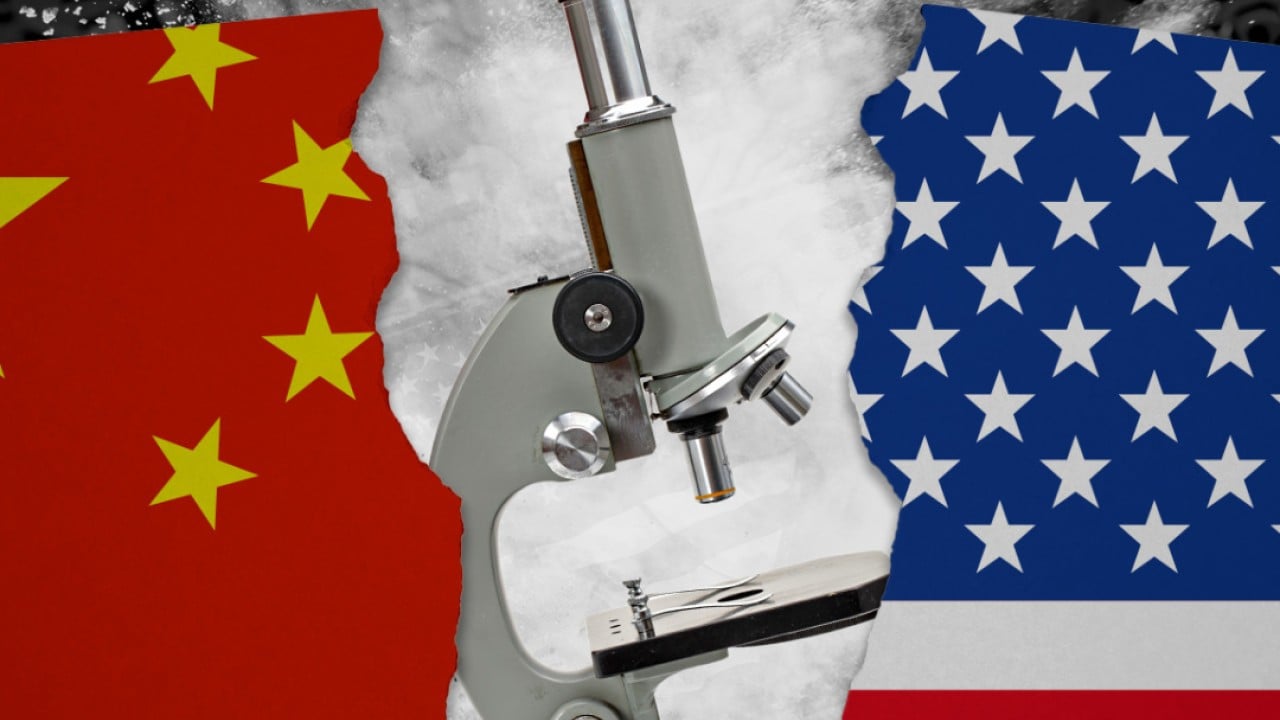The expiration of the US-China Science and Technology Agreement (STA) on August 27 marks a critical juncture in the scientific collaboration between the two global giants. It was one of the formative bilateral agreements signed between US president Jimmy Carter and China’s paramount leader Deng Xiaoping on January 31, 1979.
Advertisement
The agreement was designed to foster mutual advancement in science and technology by promoting joint research efforts, information sharing and enhancing bilateral ties. After renewals every five years until 2018, and six-month extensions last August and in February this year, its expiration increases uncertainty over the future of US-China scientific relations.
Initially, it was a landmark bilateral accord aimed at strengthening cooperation in scientific and technological domains. It was built on the principles of equality, reciprocity and mutual benefit, emphasising collaborative research and the exchange of experts.
The renewal of similar agreements between the US and other countries – such as Thailand, whose STA with the US was extended for another decade on August 5 – highlights the ongoing importance of such bilateral collaborations and underscores their value for fostering long-term scientific progress and international cooperation.
The contrast between the US’ extension with Thailand and the expiration of the STA with China underscores the complexities and shifting dynamics of US-China relations. Discussions between the two nations on the agreement’s future are ongoing, according to Foreign Ministry spokesman Lin Jian. The outcome will weigh heavily on the trajectory of US-China scientific collaboration.

